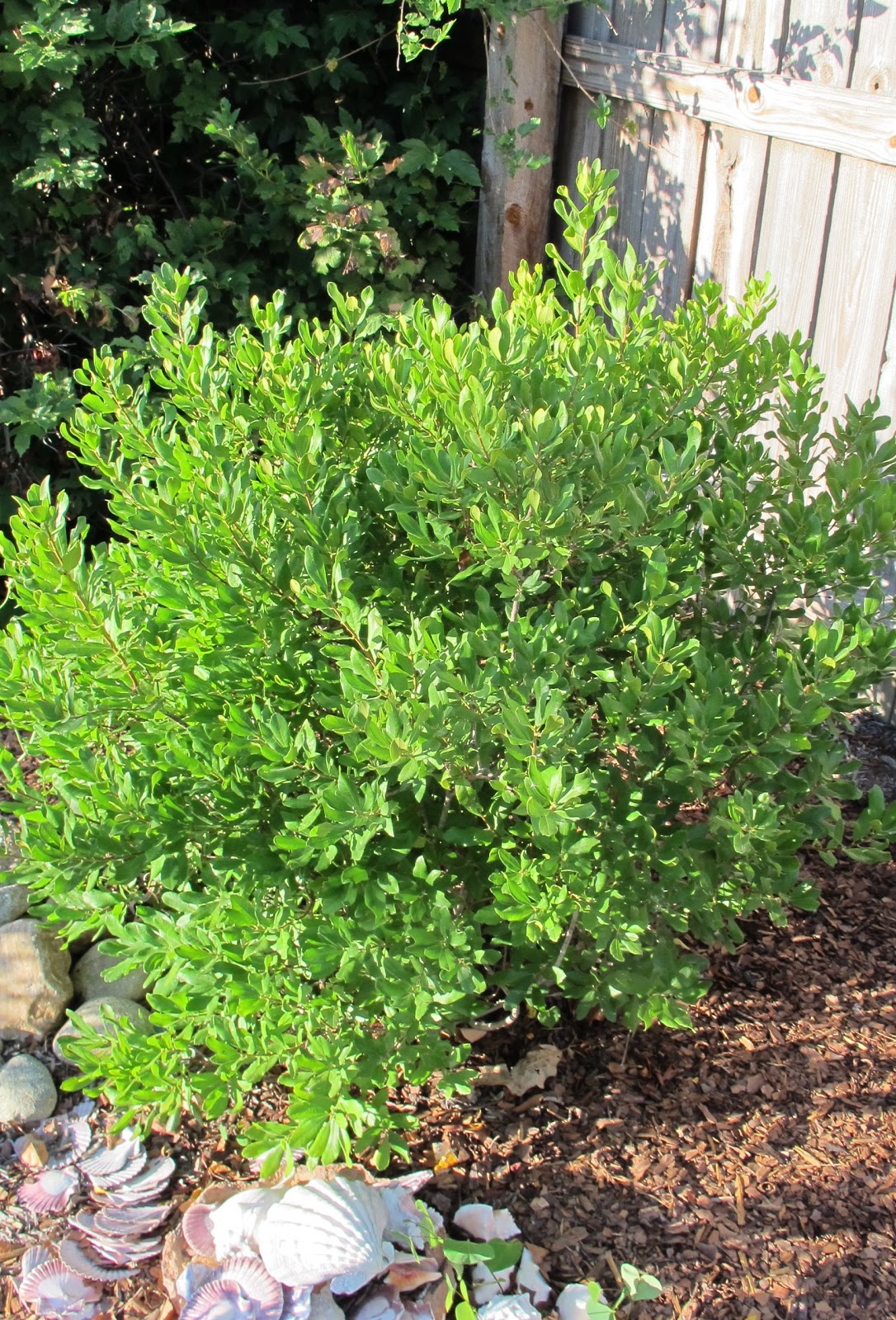 |
| Look how green & no watering! |
Still with me on drought recovery? Have you figured out your gardening goals?
Yes? Good. Keep reading.
After you’ve figured out what your goals for gardening are, your next step on the road we call drought recovery is to assess your garden.
I know you’ve been hiding inside during the hot days, occasionally sticking your nose out the door to see if it still hot. Then you go out at dusk and water what you can before sighing heavily, turning off the water, and heading back inside, happy that another day of this miserably hot summer is over.
No more. No more hiding. No more ignoring. No more “head in the sand it isn’t really all that dry” attitude. And absolutely no whining. There is no whining in drought recovery. Though, there are enough letters in “recovery” for cry, so if you need to cry a little bit over how dry it is, that’s acceptable.
Now tears dried, chin up. It’s time to face the garden, to figure out what’s doing well, other than weeds, and what may need some attention. It’s also time to step back a bit and see if the garden is overall what you want it to be.
But before you leave your computer and go running out into your garden to start assessing the situation, there are just a few more instructions.
First, take some paper and a pencil with you to take some notes. It’s hot out there, and you may be rushed and come down with a case of memory-wiping drought delirium, so write down your assessment. You want to have notes to refer to later.
Next, and this is very important, do not write your notes and assessments as a bunch of “to-do” items. For example, when you see all the weeds that sprouted in your personal plopper’s field while you weren’t looking, don’t write “need to weed plopper’s field”. Instead write “plopper’s field is weedy”.
And don’t write, “need to find a tree to replace the fallen red bud tree in Woodland Follies”. Nope, that’s a task. That’s something you have to do. Instead write “tree fell in Woodland Follies and now it is a sunny garden with no shade.” That’s an assessment of current state and how you want to make your list. After all, when you have finished your assessment, you may decide that Woodland Follies is better as a sunny garden. Don’t commit yourself to anything just yet.
Later, once you’ve completed the assessment, you can look at the list you’ve made and turn some of the observations into tasks. But don’t do that right away. Trust me, you’ll be overwhelmed in the first few minutes with all that you need to do and all you want to do if you write everything down as a task. They’ll be time later to be overwhelmed. But doing worry about being overwhelmed yet. There will also be ways to keep from being overwhelmed as we follow along on the Gardener’s Guide to Drought Recovery.
Ready? Set? Go out into your garden to “assess the situation”, but don’t make a “to do” list. Report back when you are ready for what comes next.


I like your approach. An assessment is not a to-do list. A to-do list needs more thought. Don't you think this is the weediest year in decades?
I would write in large letters "Drought" on the assessment page. It is tempting to consider what did well this year without remembering that usually we get lots of rain and our clay soil does not drain well. For example, I tried lavender and eucalyptus this year with great results, but my cucumbers are so puny that I doubt there will be bread-and-butter pickles in the cupboards this year. That is just the opposite of my garden experience when rainfall is anywhere near normal.
much easier doing it the assessment way- too hot thinking about a to do list!!
Bought and planted 25 lavender plants – all but 2 have died! I agree with Commonweeder- how cum the weed do so well in drought!???
I'm a little north of you, and we're in a severe drought (while yours, I think, is "extreme"). I took a walk this morning and what really struck me is that southern gardeners must need to garden only in shade. The places on my property that get a decent amount of shade over the course of a day are the only places where plants have survived. Anything that is in total sun (and normally needs that total sun in zone 4) is burned to a crisp, even though I watered it non-stop.
Reporting in.
My list of unhappy plants and thriving plants is done. Had a few surprises on both ends of the spectrum.
Not make a to do list? That is foreign to me! I thrive on to do lists, having it written down, not memory-wiped, HA, is empowering to me, not overwhelming. To each her own.
Glad to see you still have your sense of humor and can stiill give good advice in spite of the spirit-shriveling conditions! Assessment vs. to-do-list is a thought-provoking approach.
I like this approach Carol…very much. It makes sense to me. gail